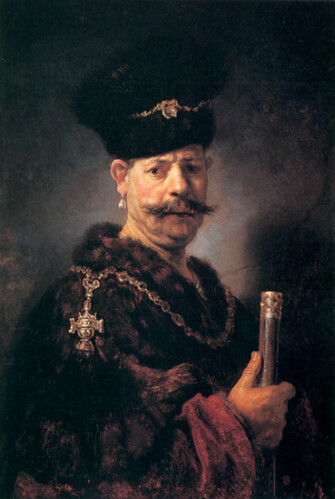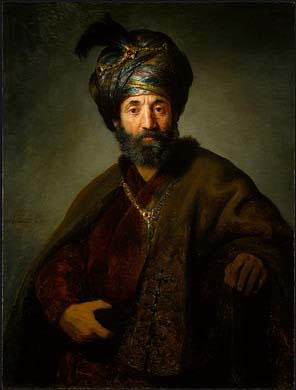In celebration of 2013, the Year of Italian Culture, the National Gallery of Art was lent the
masterpiece The Dying Gaul. On loan from the Capitoline Museum in Rome
this magnificent sculpture was at the National Gallery of Art until January 26.
2014. I had the opportunity to see this masterpiece of pathos and beauty.
The Dying Gaul, a
marble sculpture created in the first or second century AD, features a soldier
dying from a fatal knife wound. The Dying Gaul is a Roman copy of a Hellenistic
bronze. The marble was discovered during
an excavation of the Villa Ludovisi gardens in 1621-1623. When first found it was described as a dying
gladiator, but in the 18th
century scholars found that it was probably a Gallic warrior due to the knotted
hair and torque around his neck. According to this quote from the historian
Polybius in the second century BC:
“. they fought wearing
nothing but their weapons…Very terrifying too were the appearance and gestures
of the naked warriors…all in the prime of life and finely built men.”
The fame of The Dying
Gaul spread as it was copied and reproduced as etchings and bronzes, commemorated
in a poem by Lord Bryon and celebrated by painters from Velasquez to David who
incorporated the famous pose into their work.
Jacques-Louis David, Male Nude Study, 1780, oil on canvas.
Jacques-Louis David, Male Nude Study, 1780, oil on canvas.
In 1775 The Dying Gaul
was further immortalize by sculptor Agastino Carlini and anatomist John Hunter. They posed the flayed corpse of
an executed smuggler into the famous pose and cast it in plaster for the
students to draw. The piece known as
“Smugglerius” in on view today in Royal Academy of Arts in London.
William Pink after Agastino Carlini, Smugglerius, 1834 (original cast 1775), plaster.
William Pink after Agastino Carlini, Smugglerius, 1834 (original cast 1775), plaster.
Artists continue to find inspiration in this ancient
masterpiece as seen in the work of modern artist John De Andrea (1941- ). In
1984 this photorealist sculptor created a contemporary dying gaul when he cast
a human model and created a hyperrealistic sculpture using polyvinyl, oil paint
and acrylic hair. The contrast between De Andrea’s modern, realist figure and the idealized, classical pose of The Dying Gaul is a surprising juxtaposition!
John De Andrea, The Dying Gaul, 1984, polyvinyl, oil paint and acrylic hair.
John De Andrea, The Dying Gaul, 1984, polyvinyl, oil paint and acrylic hair.











































